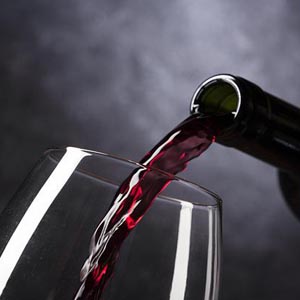 Smart Citations
Smart CitationsSee how this article has been cited at scite.ai
scite shows how a scientific paper has been cited by providing the context of the citation, a classification describing whether it supports, mentions, or contrasts the cited claim, and a label indicating in which section the citation was made.
Multi-method sensory approach to describe the effect of microwave-assisted extraction and addition of stems on the mouthfeel sensations of Bonarda wines from Mendoza (Argentina)
The Bonarda variety has been used as a base for common red wines due to its contribution to color and low level of astringency as a consequence of its relative low tannin concentration. The use of Microwave- Assisted Extraction (MWE) accelerates the maceration process, improving the diffusion of grape compounds into the must, while the stems addition during maceration/fermentation constitutes a sustainable technological alternative for increasing tannins at no additional cost. The present experimental design consisted of ten treatments (in triplicate), obtained combining both technologies. Two maceration strategies were applied: Control must (C) which was not treated, and must treated with microwavedassisted extraction after grape crushing. These were combined with five Stem-contact conditions (ST): C without ST, 50% ST addition, addition of 50% ST previously treated with MWE, 100% ST addition, and addition of 100% ST previously treated with MWE. The effect of the winemaking technologies on wine mouthfeel sensations was evaluated by different (static and dynamic) sensory methods: Sorting Task; Check-All-That-Applies (CATA) with different textiles as trans-modal references; and Temporal Dominance of Sensations (TDS). CATA evaluation revealed that three of the wine samples differed in their description. These were then dynamically described showing subtle differences in their TDS curves. The sequentiality of dominant sensations showed that the MWE treatment of the grapes and the combination ST with MWE did not modify dramatically mouthfeel sensations in Bonarda wines.
How to Cite

This work is licensed under a Creative Commons Attribution-NonCommercial 4.0 International License.
PAGEPress has chosen to apply the Creative Commons Attribution NonCommercial 4.0 International License (CC BY-NC 4.0) to all manuscripts to be published.

 https://doi.org/10.4081/ws.10374
https://doi.org/10.4081/ws.10374





